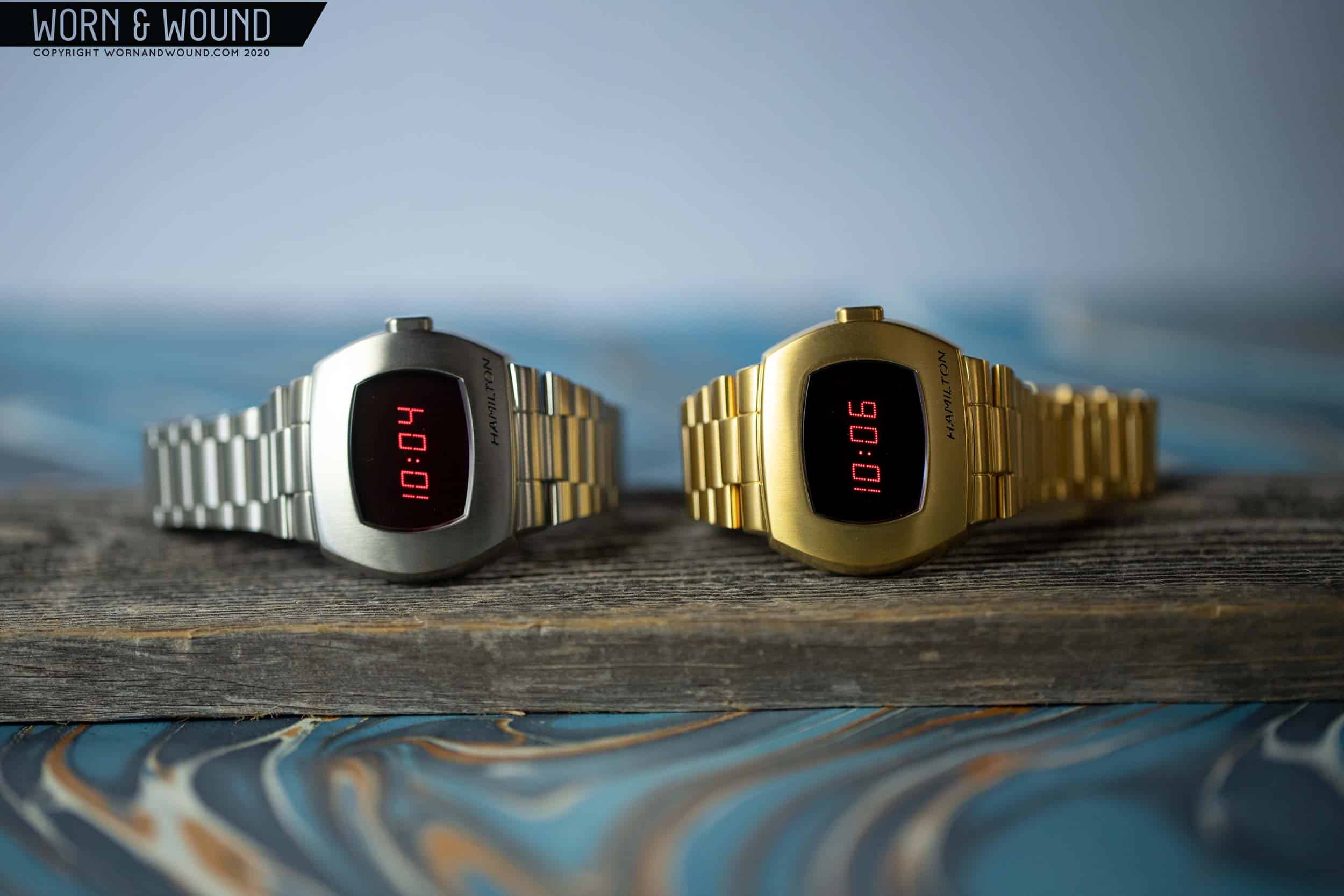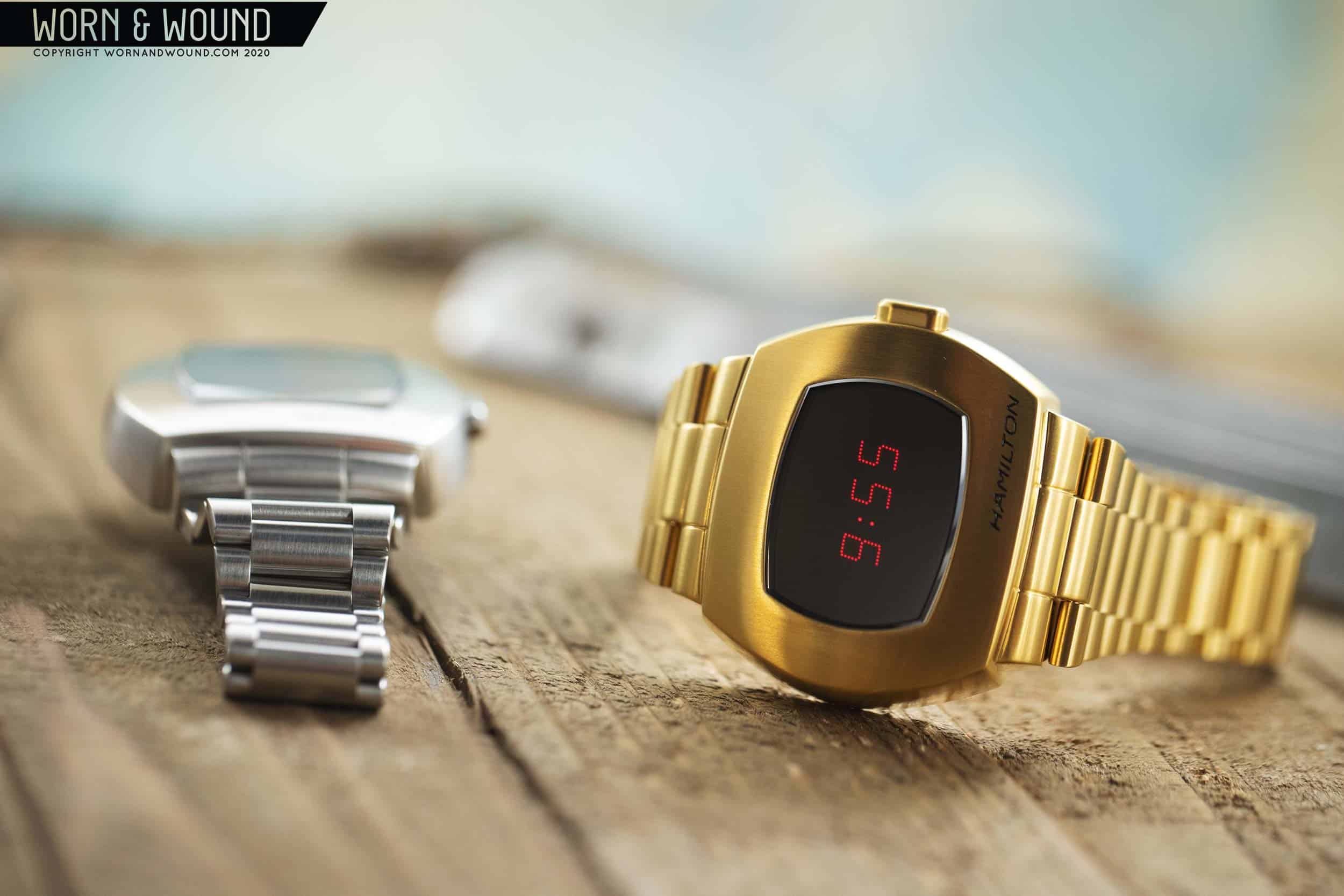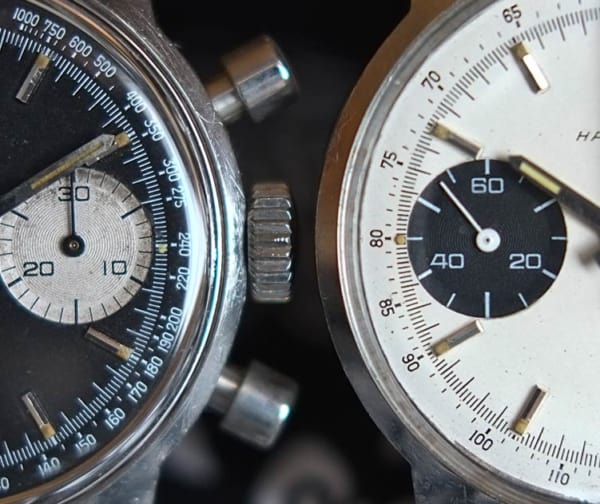It’s hard to believe, but when the Hamilton Pulsar was introduced at a press conference in 1970, the very idea of a time telling device that didn’t have any moving parts or a ticking sound was quite incredible. Now, 50 years later, we mostly get the time from our cell phones (even if just to set our mechanical watches) which run silently in the background of our lives, like so many other parts of our technological world. The Pulsar, with a digital display, was advertised as a “solid state wrist computer” at a time when personal computers were still well over a decade away from being a central part of our daily lives. Looking back, it’s tough to underestimate just how futuristic the original Pulsar was in 1970. Now, for it’s 50th anniversary, Hamilton is rereleasing the Pulsar in the form of the new Hamilton PSR. In terms of appearance, it’s a dead ringer for the original Pulsar P1, but it has few updates thanks to modern tech that modern consumers will appreciate. Let’s take a look.
Hamilton PSR
- Case Material: Stainless steel / Gold PVD
- Dial: LCD/OLED hybrid
- Dimensions: 40.8 x 34.7mm
- Crystal: Sapphire
- Water Resistance: 100 meters
- Movement: Digital quartz
- Strap/bracelet: Stainless steel bracelet
- Price (Steel): $745
- Price (Gold PVD LE): $995
- Reference Number: H52414130, H52424130
- Expected Release: Summer 2020









 Featured Videos
Featured Videos











